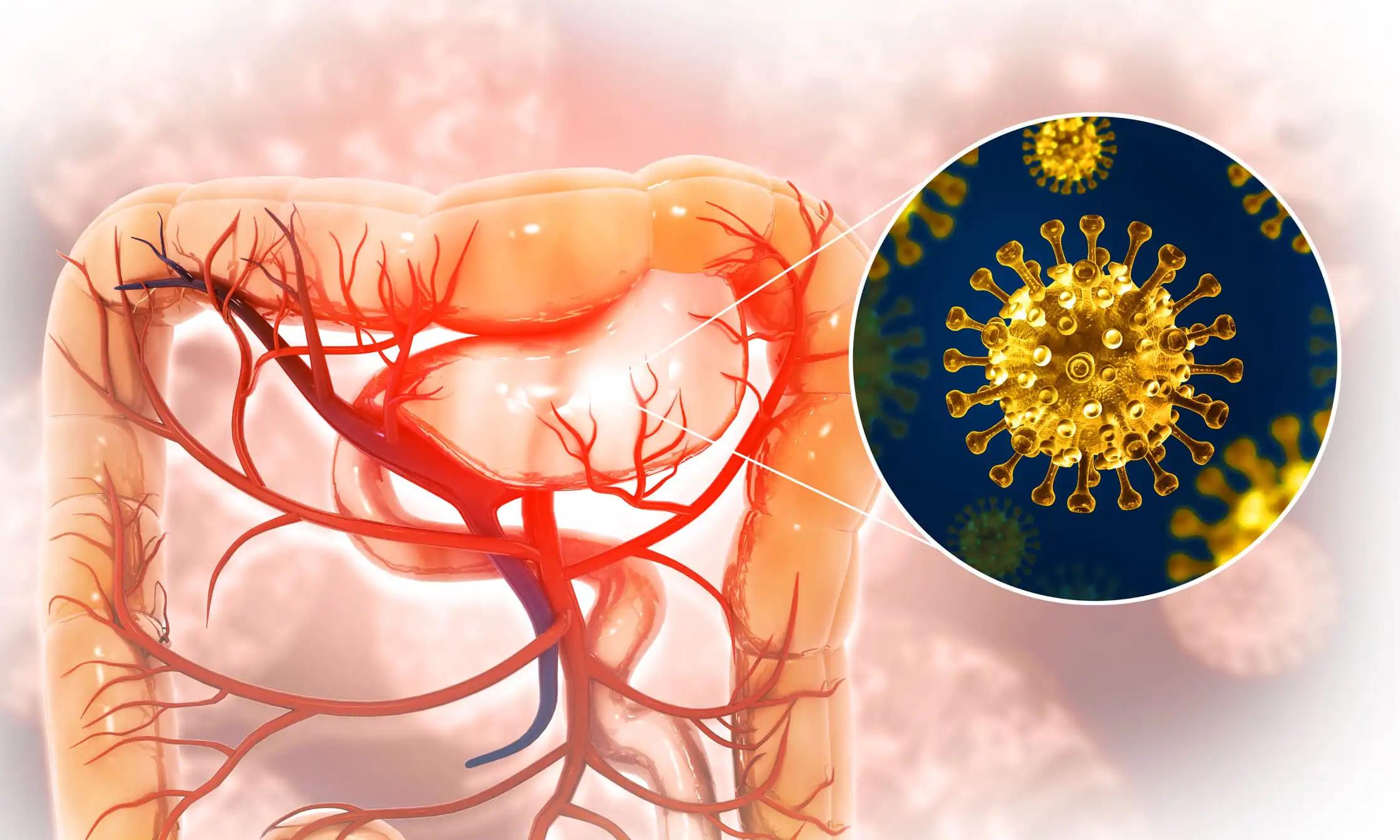KEY TAKEAWAYS
- The NIPAVect phase II trial aimed to assess the combined safety and efficacy of niraparib and Pmab in pts with RAS WT mCRC.
- The primary endpoint was to determine the CBR. Secondary endpoints were safety/tolerability, ORR, PFS, OS, and DoR.
- The study found that the combination of niraparib and Pmab was safe and effective in advanced RAS WT mCRC pts.
Panitumumab(Pmab) is a drug that targets epidermal growth factor receptor(EGFR), a protein in cancer cells. The drug is used to treat colorectal cancer but is not very effective. Niraparib is a drug that targets DNA repair pathways. Combining these two drugs may be more effective than using either one alone.
Researchers aimed to assess the safety and efficacy of the combination of niraparib and Pmab in patients(pts) with RAS wildtype (WT) metastatic colorectal carcinoma(mCRC).
The study included RAS WT mCRC pts who had experienced disease progression after at least one round of systemic chemotherapy. Other criteria for participation were being 18 years or older, having an Eastern Cooperative Oncology Group (ECOG) performance status of 0-1, and having measurable disease according to RECIST 1.1 guidelines. In the trial, pts received Pmab intravenously at 6 mg/kg doses on days 1 and 15 of each 28-day cycle. Niraparib was taken orally at a daily dose of 200 or 300mg throughout the treatment cycle, depending on body weight and platelet count. The primary endpoint was to determine the clinical benefit rate (CBR), which was defined as the sum of complete response (CR), partial response (PR), and stable disease (SD) according to RECIST v1.1. Secondary endpoints included evaluating safety and tolerability, overall response rate (ORR), progression-free survival (PFS), overall survival (OS), and duration of response (DoR).
A safety run-in cohort of 6 pts was initially enrolled. Following a planned safety analysis that showed an acceptable toxicity profile, an additional 19 pts were enrolled, including 25. Among them, 24 were evaluated for response. The demographics were 50% male, with 65.2% White, 21.7% African American, and 13% Asian patients. The median age was 58.5 years. The majority had left-sided tumors (92%), and the median line of prior therapy was 2 (range 1-4). CBR was 83.3%, with 0 CR, 6 PR, and 14 SD. ORR was 25%. The median progression-free survival (mPFS) was 5.6 months (95% CI: 3.7, 6.9), and the median overall survival (mOS) was 20.9 months (95% CI: 9.2, not reached). The 6-month PFS rate was 48.4%, and the OS rate was 100%. At a median follow-up time of 7.5 months (95% CI: 4.2, 10.4), 3 patients were still on treatment, and the duration of response (DoR) had not been determined. Mucocutaneous adverse events (AEs) of any grade included rash (58.4%), oral mucositis (20.8%), dry skin (16.7%), and paronychia (4.2%). The most common (grade > 2) treatment-related AEs (TRAEs) were anemia (Grade 3; 12.5%), dermatitis, oral mucositis, hypertension, and neutropenia (Grade 3; 4.2% each). There were no Grade 4-5 TRAEs.
The study found that the combination of niraparib and Pmab is safe and effective in patients with advanced RAS WT mCRC.
Source: https://ascopubs.org/doi/abs/10.1200/JCO.2023.41.16_suppl.3579
Clinical Trial: https://www.clinicaltrials.gov/study/NCT03983993
Olatunji B. Alese, Maria Diab, Olumide B. Gbolahan, Ashley McCook-Veal, Walid Labib Shaib, Christina Wu, Mehmet Akce, Yuan Liu, Gregory B. Lesinski, and Bassel F. El-Rayes. DOI: 10.1200/JCO.2023.41.16_suppl.3579 Journal of Clinical Oncology 41, no. 16_suppl (June 01, 2023) 3579-3579.



